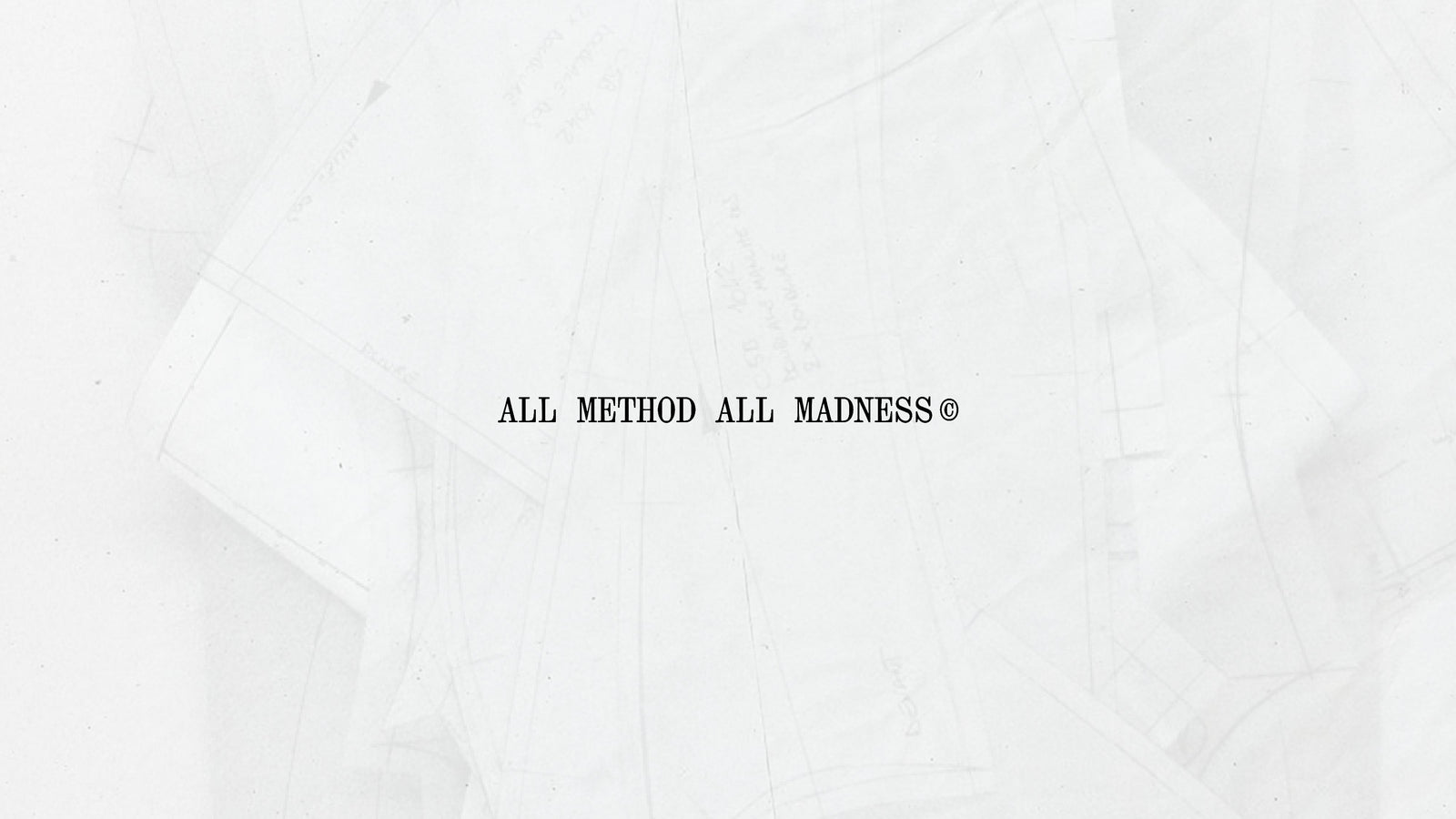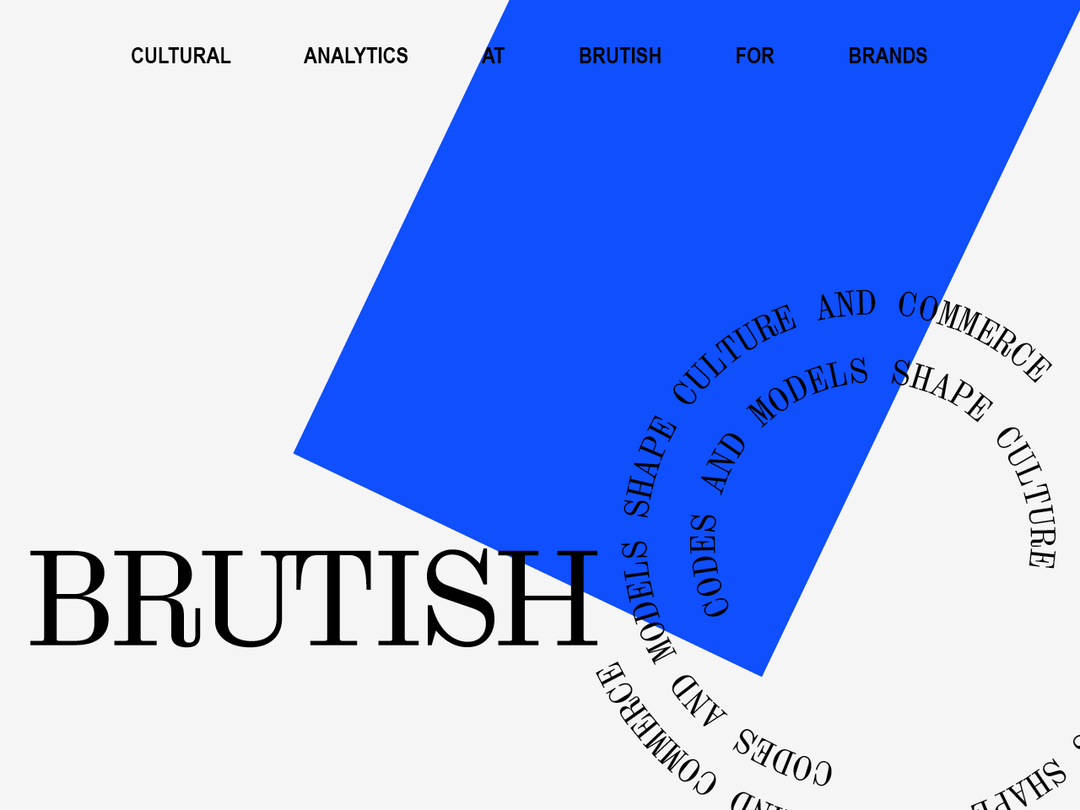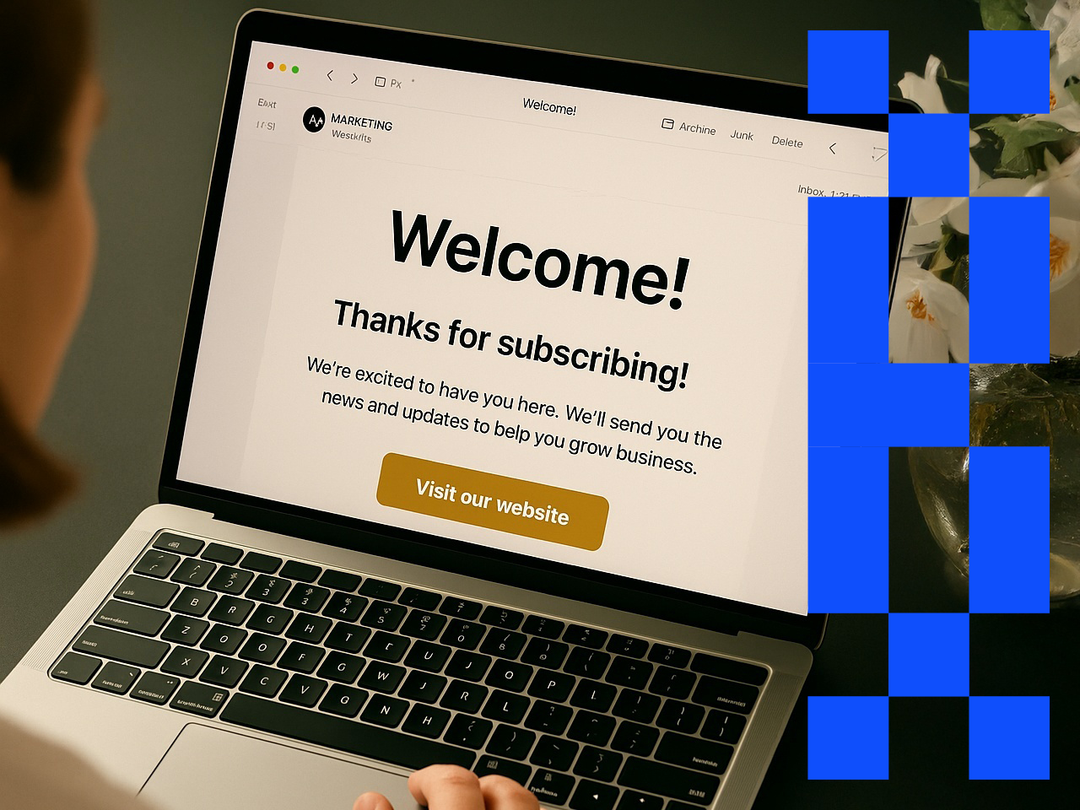Inbox Intimacy: The Future of Trust, and Why Phishing Still Works

Phishing doesn’t just exploit naivety, it reveals something deeper about the medium it abuses. Email is inherently trusted, and that trust is both its greatest asset and its biggest vulnerability.
In a world of deepfakes and disappearing stories, email still feels solid. Stable. Private. It has a kind of slow permanence. And that’s why it’s so powerful, whether you’re a marketer, a scammer, or a subscriber holding onto a 10-year-old thread.
Phishing works not because it’s smart, but because email is designed to feel human. Familiar sender names. Subject lines that mimic workplace language. Urgency that suggests authority. Even now, after decades of awareness campaigns and junk filters, people still want to believe the inbox is a safe space.
From a futurist lens, email is one of the last semi-closed networks of digital communication. It doesn’t rely on feeds. It isn’t dictated by algorithms. And because of that, it may become even more important as trust erodes elsewhere. The inbox could evolve into a kind of digital trust hub, a space where we carefully vet what gets through and cherish what feels real.
This is already happening. Ethical marketers build consistency over time. Substack writers create intimacy through long-form correspondence. Great brand emails don’t feel like marketing—they feel like people you want to hear from again.
In contrast to the hyper-stimulation of social media, email is a pause. A signal that something was chosen, composed, and sent.
The inbox is becoming sacred again. If you're there, act accordingly.
The reason phishing works is the same reason email marketing works: email is trusted.
That’s what makes it dangerous and powerful.
In the early 2000s, email became a weapon for scammers. Fake bank notices. Password resets. The infamous Nigerian prince. These messages weren’t smart, but they didn’t have to be. People were conditioned to believe email was safe.
And they still are.
Email’s structure plays into this. You can fake a name. You can mimic a subject line. You can make a message feel urgent, corporate, or intimate. Phishing exploits this trust. But so can ethical marketing.
When we understand how email builds trust, we can reverse-engineer that power for good:
-
Repetition builds recognition.
-
Casual tone builds intimacy.
-
Authority builds influence.
Today, phishing is more advanced, but so are users. They know to be skeptical. That means trust has to be earned.
💡 How to Apply This Today
Marketers must act like trusted narrators, not attention hijackers.
- Build sender identity into brand identity. Use a consistent name and voice across time
- Send emails that feel helpful and human, not overly produced or pushy.
- Balance familiarity and freshness. Predictability builds trust, but small variations create delight.
- Avoid bait-and-switch tactics. Nothing breaks trust faster.
Email is like a house key. If you’re lucky enough to be let in, respect the space. Build trust over time. And never take inbox access for granted.





Leave a comment